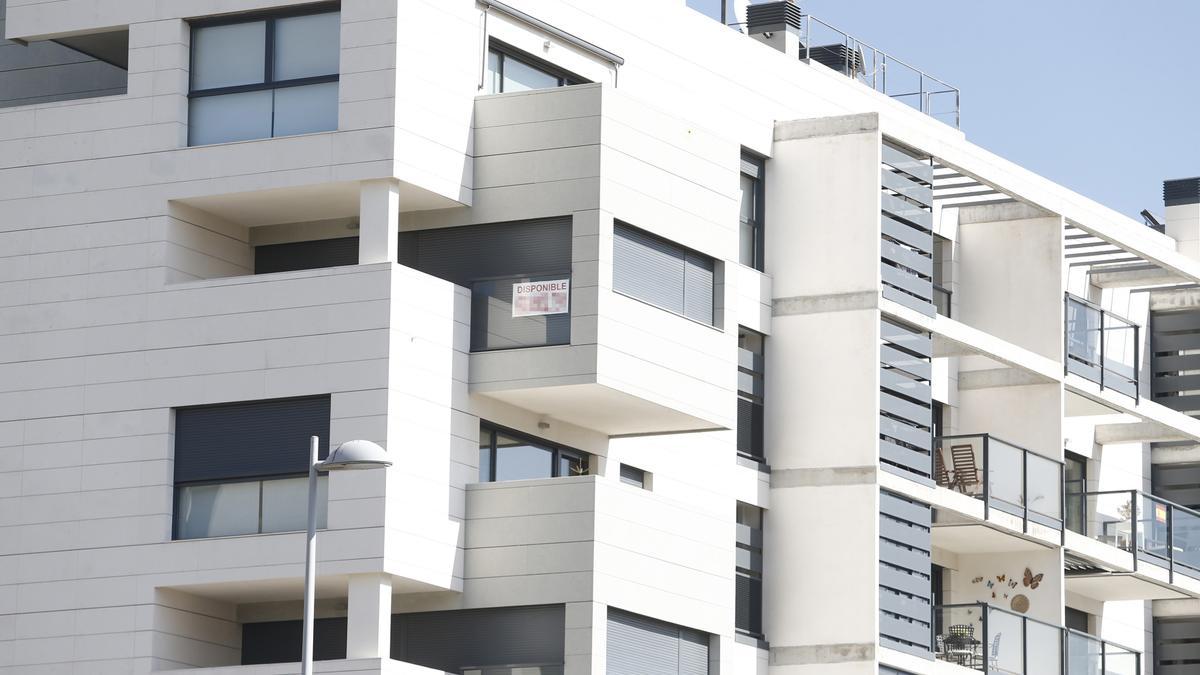File – Apartment, flats, housing, homes, house, houses, rent, buy, mortgage, mortgage, euribor, construction / EUROPA PRESS – Archive
There is an Anglo-Saxon metaphorical expression that refers to an obvious problem or danger that no one wants to discuss: “there is an elephant in the room.” Housing in Spain is more like a rhinoceros on top of a mountain. The problem is not only obvious, but it is huge, it is dangerous in generational terms and, although everyone talks, they give opinions and react too much to empty words, which produce an echo only in the middle of the mountain.
In the recent annual report of the Bank of Spain, a very complete x-ray of the housing problem in Spain was made: «There is the lowest level of vitality in the housing supply in the recent period, compared to the strength of demand, has meant significant support for growth in house purchases and rental prices. In figures: every year around 275,000 new homes are created in Spain when just over 100,000 new homes are built. We have been like this for 15 years. The 2008 stock has become scarce. And he has transferred that demand to the rental market, which has been increasingly tight.
Despite a certain decline caused by the recent rate increase, the financial problems of the owners are not relevant in absolute terms, which does not exclude the existence of some vulnerable families. Mortgages in recent years, the most sensitive to rising interest rates, have been basically fixed.
Rental market
The housing affordability problem is rooted in the rental market. We are worse than the European average in the percentage of families that dedicate more than 40% of their income to rent. A recent ECB report also reflects there, as it shows that in the lowest income fifth, 60% of households, especially those who rent, have too much. And this has implications for consumption, training, investment and breeding decisions. Reports and experts believe that the magnitude of the problem makes it difficult to foresee effective short-term remote actions and that policy consistent in the long run. At the same time, price regulation is shown to be a policy with limited effectiveness in the short term and with undesirable effects on supply in the medium and long term. There is a need for more provision (social, but also private), especially in rent, more and better incentives for demand and supply, and housing taxes similar to the EU, which dedicate income to housing policy public. If we believe that housing is the third pillar of the welfare state, it must be proven with resources, not words: we dedicate a third of what the EU dedicates on average. And along with measures in other related markets, such as the labor market. Policies that are not toast to the sun. That cost money. Supported by economic science. Policies that are not yet empty echoes, but allow us to reduce the rhinoceros from its beak.
2024-05-11 18:05:26
#rhinoceros #beak


